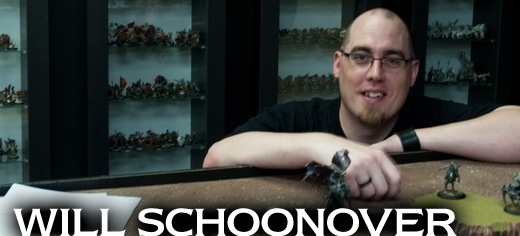
Insider 7-24-2015

Thanks for joining me for this third installment of our discussion about designing The Undercity. With the rules now available, we dig into the mechanics of the heroes and how they came to be.
The first thing I needed to decide when starting to build the game rules was which aspects of the Iron Kingdoms Full Metal Fantasy Roleplaying Game would be in the board game and which would not. I started with the hero design by looking at the existing character sheets for Milo Boggs and Gardek Stonebrow. If you take a look at a character sheet from both games side by side, you’ll see some notable similarities but also significant differences.
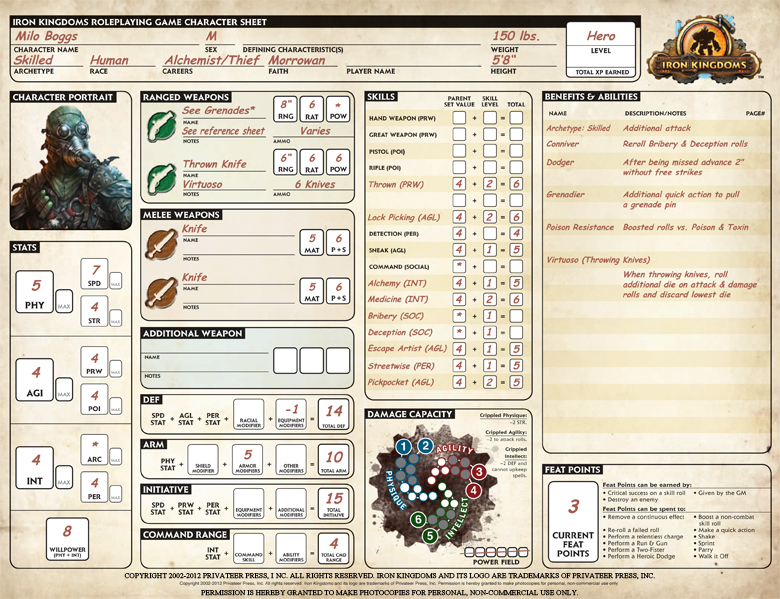
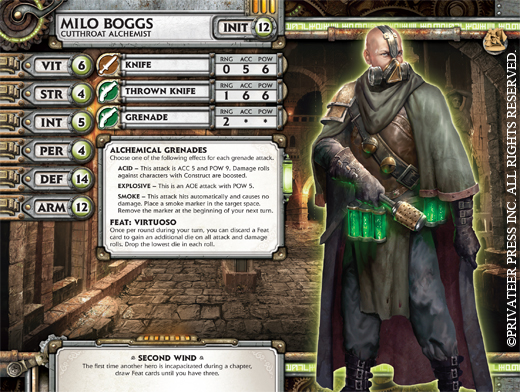
In a lot of ways, Milo was a very straightforward character in Full Metal Fantasy—a sneaky alchemist who throws grenades and knives, surviving fights mainly due to his high Defense stat. His character sheet gave me a good starting point for his stats in the board game, and this in turn helped me begin forming a clearer idea of the overall mechanics for The Undercity.
I had decided early that simplicity was going to be a primary goal in the game’s development, and looking at things like Milo’s explosive grenades gave me inspiration for ways to keep the game simple, particularly in the way spaces and distance would be handled. For compatibility, we knew we would be using miniatures with base sizes appropriate for the RPG, which led me to realize that having large spaces on the board that could contain multiple models would work better than having each model occupy one or more much smaller spaces. This decision also meant effects like explosions could simply affect everything in a space.
Another aspect of the game that was simplified by using large spaces was movement. When distance on the board is more abstract, differences in character speed become less important. We were able to have one set of rules describing movement options for all characters, removing the need for individual Speed stats.
With the character basics settled and the beginnings of the core rules taking shape, I sat down with the Iron Kingdoms RPG rules and dug for other concepts that could be ported over. One of the first that grabbed my attention was the feat point system. For anyone not familiar with the RPG rules, feat points are a way for your character to do extra heroic things. Every character starts with a number of feat points and earns more during gameplay. A character can use feat points at any time to do things like reroll dice, take extra actions, or heal damage. Borrowing this system for the board game would give players a great resource to manage—a concept I always try to incorporate into my games.
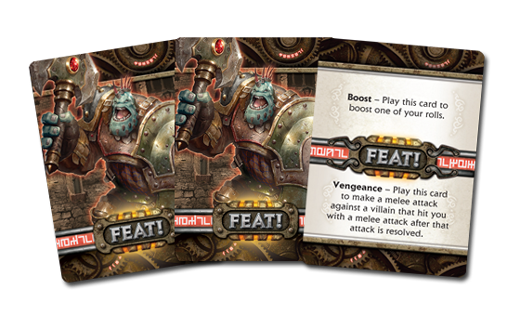
In The Undercity, feat points took the form of a deck of Feat cards for each character, with each card having multiple ways it could be played to gain advantages. Once we decided on Feat cards, more of the core game concepts came into focus, and we could work on giving players other ways to use that resource. Some of these additional uses for Feat cards ended up being granted by abilities purchased when players upgrade their character.
The initial character advancement system was very different than the one used in the final game. My first idea was to provide multiple character sheets for each character. Players would start with a basic sheet and then have multiple branching options for developing their hero. This system proved very difficult to create, however, and seemed likely to limit choices that would allow players to have more fun with character advancement.
Moving away from that idea, I started making lists of all the existing abilities that fit each of the hero concepts. We would need to decide which aspects of a character would fit his role on the team in the board game. In the RPG, Gardek’s classes are Man-at-Arms and Bounty Hunter. In The Undercity, Gardek’s role is mainly to hit hard in melee and to take hits without being easily taken out, so we focused mainly on his Man-at-Arms side and expanded it. I found a few dozen concepts that would allow Gardek to take on different aspects of his role and put them into a card deck.
The creation of the Ability deck opened up a few more questions, including the question of how characters would earn advancements. Since we were mimicking many aspects of roleplaying games, we decided to go ahead and incorporate experience points (XP) as well. At first, we thought characters would earn XP individually, but we soon saw that sharing the total amount of XP earned at the end of the chapter was a better idea. Sharing the XP pool made players feel more like a team and eliminated a likely source of frustration during gameplay.
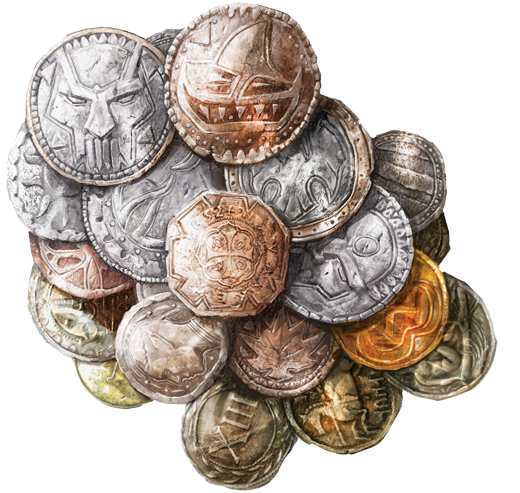
There comes a time in every development cycle where you hit a wall that prevents you from making good progress on one or more aspects of the game. Toward the end of the character design process, I hit that wall. We had solid drafts of the character sheets, Feat decks, and Ability decks, but it was proving difficult to finalize them. When this happens, I’ve often found it helpful to take a break from the troublesome part of the project or even to let someone else take a crack at it from a new angle. Fellow developer David “DC” Carl had been playtesting the game and was already helping design the cost model for the ability cards, so he offered to take a stab at the characters while I continued working on the core rules and started fleshing out the campaign.
The breakthrough DC found, and that I had been missing, was a way to add more player choice. After DC’s pass on the characters, each had an ability that offered a choice for what to do on their turn, like Canice’s Rune Shot ability, and a second ability that let the hero use any Feat card to gain a certain benefit. This, along with a streamlining of the choices available in each hero’s Feat deck, made the characters what they needed to be—and got us a lot closer to having a finished game.
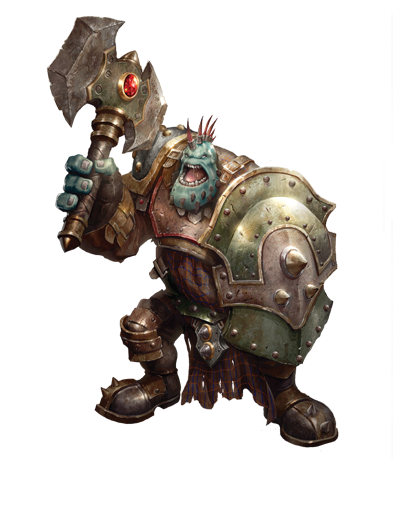
One of the last things the board game’s characters gained came about as part of the XP discussion. In early drafts, characters earned XP and Feat cards during their turn. The rules for this process were a little too complicated, so we decided to simplify things by having each character draw a Feat card at the end of the turn regardless of what happened. But this left some characters with only one Feat card for long stretches, and we wanted players to be able to play multiple Feat cards when it felt necessary. Heroes needed a way to refill their Feat card hands. Our solution was to give every character a Second Wind ability that triggers when the hero or the team suffers a serious setback, providing the boost they need to overcome all challenges.
That wraps up this week’s installment on The Undercity. Next time, we’ll take a look at the story that is the setting for the game and how the overall campaign came together.
